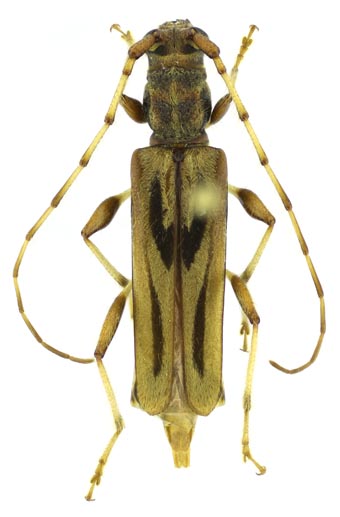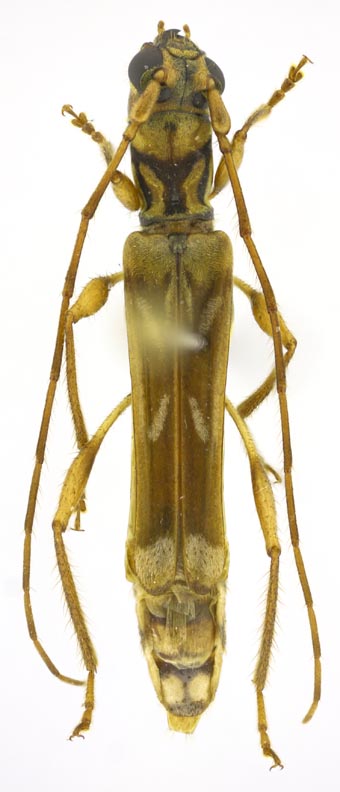|
Necydalopsini Classification
Selected References to Larvae Specimens
|
 Neozodes signatus Zajciw, 1958; dorsal ♀ specimen Cerambycidae:Cerambycinae:Necydalopsini Photograph © A.M. Hodson  Ozodes malthinoides Bates, 1870; dorsal ♀ specimen Cerambycidae:Cerambycinae:Necydalopsini Photograph © A.M. Hodson |

